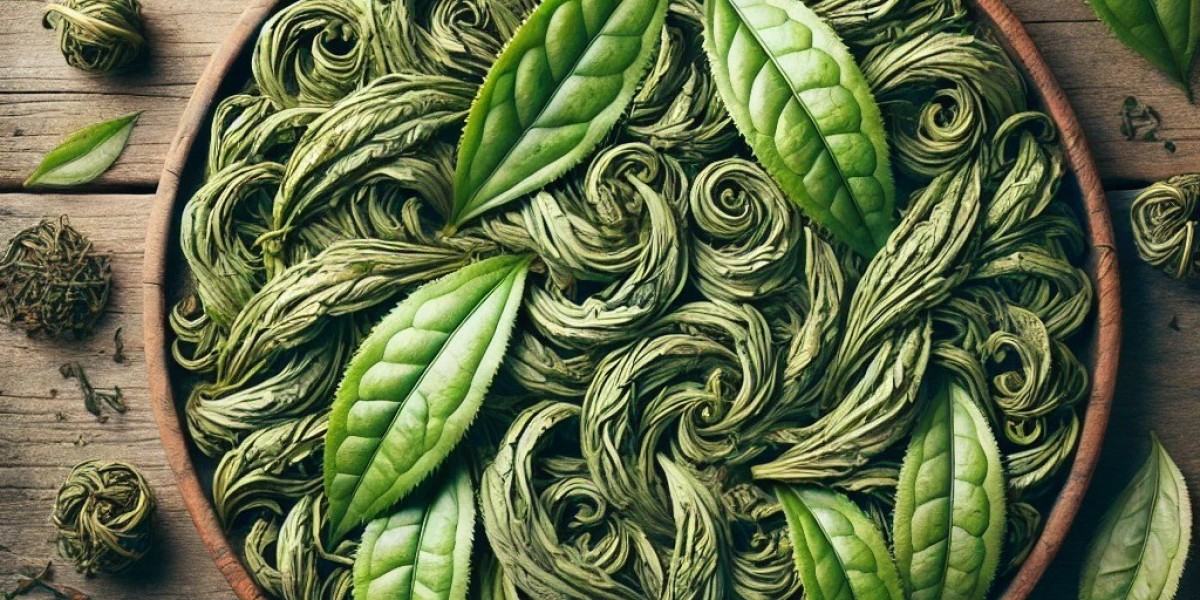Chinese green tea is celebrated worldwide for its diversity, history, and health benefits, with West Lake Longjing and Bi Luo Chun standing out as two of the most revered varieties. Both teas are deeply rooted in Chinese culture and are cherished for their unique flavors and meticulous production processes. This comparison explores their origins, cultivation methods, flavor profiles, and the cultural significance that has made them iconic.
Origins and Terroir
West Lake Longjing Tea, also known as Dragon Well tea, originates from the West Lake region near Hangzhou in Zhejiang Province. This area is known for its picturesque scenery and ideal tea-growing conditions. The terroir of West Lake, with its fertile soil, misty climate, and abundant rainfall, imparts a distinct character to Longjing tea, making it one of the most sought-after green teas in China.
Bi Luo Chun, which translates to "Green Snail Spring," hails from the Dongting Mountains in Jiangsu Province. The unique aspect of this tea is that it is grown among fruit trees, such as peach and plum, which contribute to its fragrant aroma. The tea bushes absorb the fruity essences from the surrounding environment, which enhances the natural sweetness and floral notes of the tea. The cool climate and mineral-rich soil of the Dongting Mountains also play a significant role in shaping the flavor profile of Bi Luo Chun.
Cultivation and Harvesting
The cultivation and harvesting methods of both teas are steeped in tradition and require great skill. West Lake Longjing is harvested in early spring, typically before the Qingming Festival (around April 4-6). Only the tender buds and the first few leaves are picked, ensuring the highest quality. The tea leaves are then pan-fired by hand in a wok, a process that gives Longjing its signature flat, smooth appearance and enhances its nutty flavor.
Bi Luo Chun Green Tea is also harvested in early spring, but its leaves are picked slightly later than those of Longjing. The leaves are smaller and more delicate, and the picking process is done with great care to preserve the tender buds. After harvesting, the leaves are hand-rolled into tight, spiral shapes resembling small snails, which is where the tea gets its name. The rolling process also helps to lock in the tea’s rich flavors and aromatic qualities.
Flavor Profile and Aroma
West Lake Longjing is renowned for its fresh, sweet, and slightly nutty flavor, with a smooth, vegetal undertone. The aroma is often described as floral with hints of chestnut, making it a refreshing and light tea. The liquor is a pale, yellow-green color, reflecting the high quality of the leaves and the careful processing they undergo. Longjing is celebrated for its balance and elegance, offering a crisp and clean taste that lingers on the palate.
Bi Luo Chun, on the other hand, has a more complex flavor profile, with a rich, fruity sweetness and a pronounced floral aroma. The tea is known for its strong fragrance, which is a result of the proximity of the tea bushes to fruit trees. The flavor is brisk and slightly more astringent than Longjing, with a lingering aftertaste that is both sweet and slightly tart. The infusion produces a bright, clear liquor that is typically pale green, highlighting the freshness of the leaves.
Brewing Techniques
To fully appreciate the delicate flavors of these green teas, careful brewing is essential. West Lake Longjing is best brewed with water at a temperature of around 75-80°C (167-176°F). Using water that is too hot can scald the tender leaves, leading to bitterness. The tea should be steeped for about 1-2 minutes, allowing the leaves to gently unfurl and release their flavor.
Bi Luo Chun requires a similar brewing approach, with water at a slightly lower temperature of around 70-75°C (158-167°F). This tea is typically brewed using a glass or porcelain teapot to fully appreciate its beautiful, spiraled leaves as they dance in the water. The first infusion should be short, around 30 seconds to 1 minute, with subsequent infusions extending the steeping time.
Cultural Significance
Both West Lake Longjing and Bi Luo Chun hold prestigious places in Chinese culture. Longjing has been a favorite of emperors and is often associated with the highest echelons of Chinese society. It is frequently given as a gift to dignitaries and is a symbol of honor and respect. The tea is also deeply connected to Chinese history, with its origins dating back over a thousand years.
Bi Luo Chun, while less widely recognized internationally, is equally revered in China. It is known for its distinctive flavor and the intricate craftsmanship involved in its production. The tea is often enjoyed during special occasions and is prized for its unique aroma and taste, which are seen as a reflection of the natural beauty of the Dongting Mountains.
Conclusion
West Lake Longjing and Bi Luo Chun represent the pinnacle of Chinese green tea, each offering a unique experience for tea enthusiasts. Longjing’s smooth, nutty flavor and Bi Luo Chun’s rich, fruity sweetness showcase the diversity and depth of Chinese tea culture. Whether you prefer the refined elegance of Longjing or the vibrant complexity of Bi Luo Chun, both teas provide a delightful journey into the world of premium green tea.



